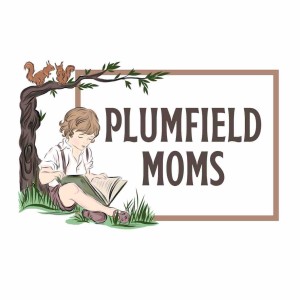
Thursday Sep 19, 2024
Book Review: A Canticle for Leibowitz by Walter M. Miller Jr.
I usually steer clear of apocalyptic novels because they tend to be depressing, strange, and godless. So when my Tuesday Night Classics Club chose the science fiction novel, A Canticle for Leibowitz, I was hesitant. However, since it is highlighted in Joseph Pearce’s Literature: What Every Catholic Should Know, I decided to give it a chance. To my surprise, it became one of the most thought-provoking books our group has discussed.
Set after a global nuclear war known as the “Flame Deluge,” the novel explores humanity’s struggle to rebuild civilization amidst the ruins. In the wake of the war, there is a violent backlash against knowledge and technology, culminating in the “Simplification,” where mobs of “Simpletons” destroy books and kill anyone with learning. Interestingly, a Jewish electrical engineer named Isaac Edward Leibowitz survives the chaos and joins a Cistercian monastery. He is convinced that he must dedicate his life to preserving human knowledge through the secretive “booklegging” of hidden texts. Eventually, he founds the Albertian Order of Leibowitz in the desert of the American Southwest, whose charism is rooted in the preservation of any remnants of scientific and cultural knowledge they can find.
The novel is divided into three sections or “canticles,” each set centuries apart. The first, Fiat Homo (“Let There Be Man”), was especially fascinating to me. Set in the 26th century, civilization has regressed to a medieval-like way of living. The story opens during Lent with Brother Francis, a religious novice, fasting and praying in the desert. While keeping vigil, Brother Francis stumbles upon a fallout shelter containing artifacts from the Venerable Leibowitz, igniting a series of events that reflect the tension in the Abbey between honoring Leibowitz and his values and the need to survive in a culture that wants nothing to do with the past or its knowledge.
The second canticle, Fiat Lux (“Let There Be Light”), was more difficult for me. Set in 3174, civilization has evolved to an Industrial Revolution-like state. The Abbey, at this point, is both a place of spiritual significance and a center of technological discovery, as the monks work to discover electricity. They have heard the myths that electricity existed before, but many do not believe it, because they cannot believe that man, having had such luxury, would waste it on war.
The third Canticle, though, brings the novel to a powerful close. In 3781, the now technologically advanced society prepares for another nuclear war. The Abbey is assembling a group of priests, sisters, and children to colonize the moon. The Abbot is convinced that history is about to repeat itself, so he sends the gospel, sacraments, relics of knowledge, and innocent children away (never to return) so that mankind can have another chance somewhere away from the nuclear holocaust that has begun.
As the Abbot feared, the bombs begin to drop and the Abbey is overrun with victims and refugees. While the Abbot works to send pilgrims away, he still has to tend to the flock that remained behind. This canticle has an incredible storyline exploring euthanasia as compassionate care. The Abbot and a doctor engage in a powerful debate about what is true care for those who are suffering.
In each section, the Gospel persists. And in each, Christians are faced with intense and interesting ethical dilemmas. The novel’s exploration of faith, human resilience, and the cyclical nature of history is profound. Although I found parts of the second canticle slow and frustrating, the novel as a whole was a rewarding experience. A Canticle for Leibowitz offers a rare blend of science fiction, history, and theology, and I can see why Joseph Pearce considers it essential reading.
https://plumfieldmoms.com/plumfield-moms-book-reviews/a-canticle-for-leibowitz
No comments yet. Be the first to say something!